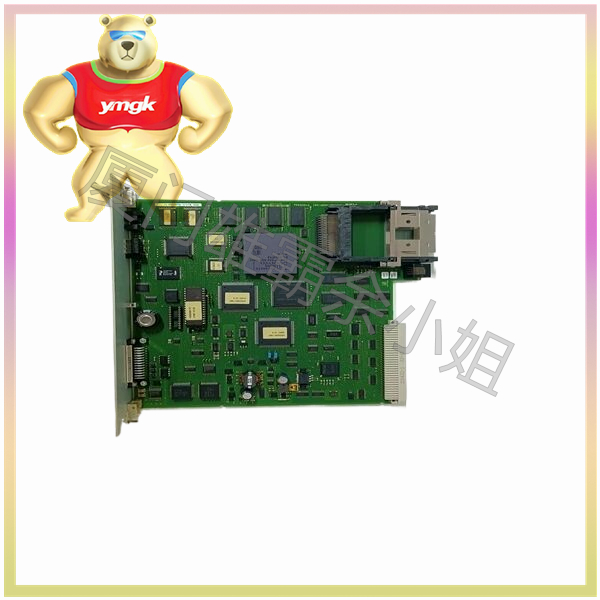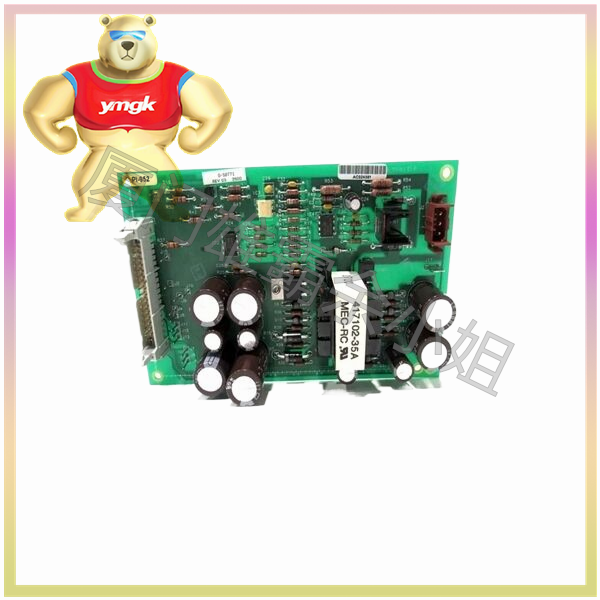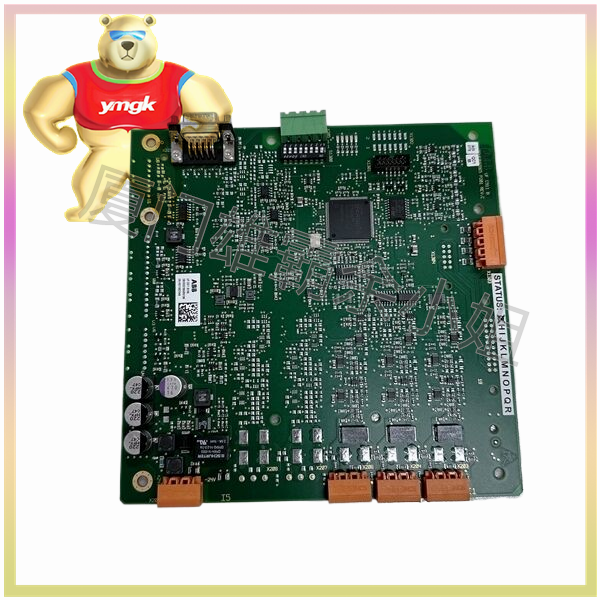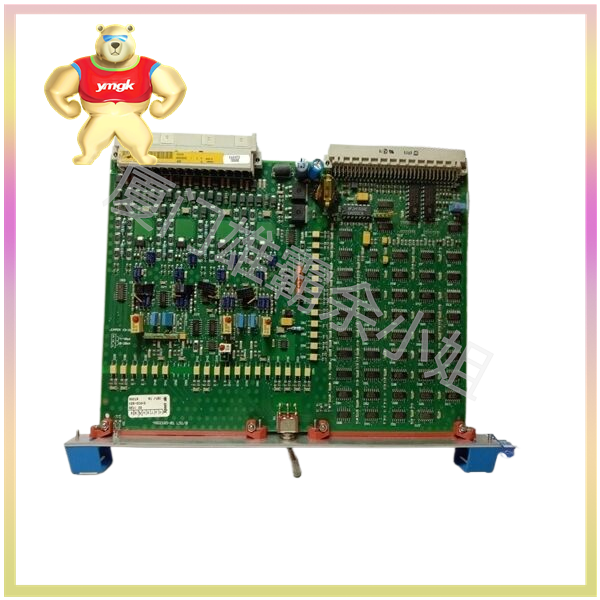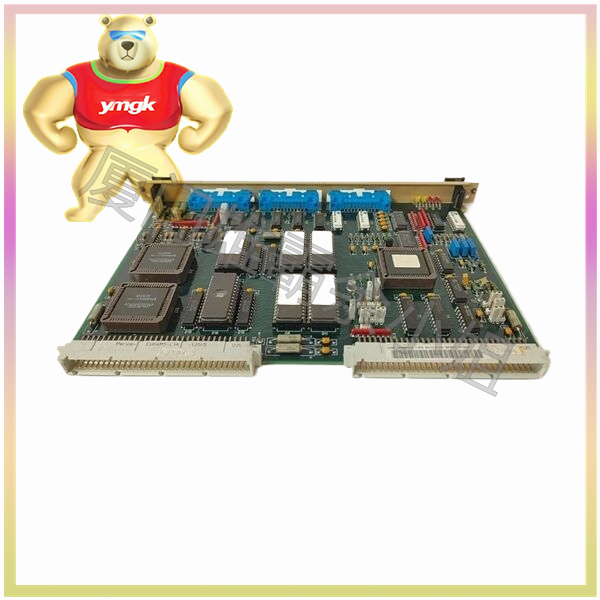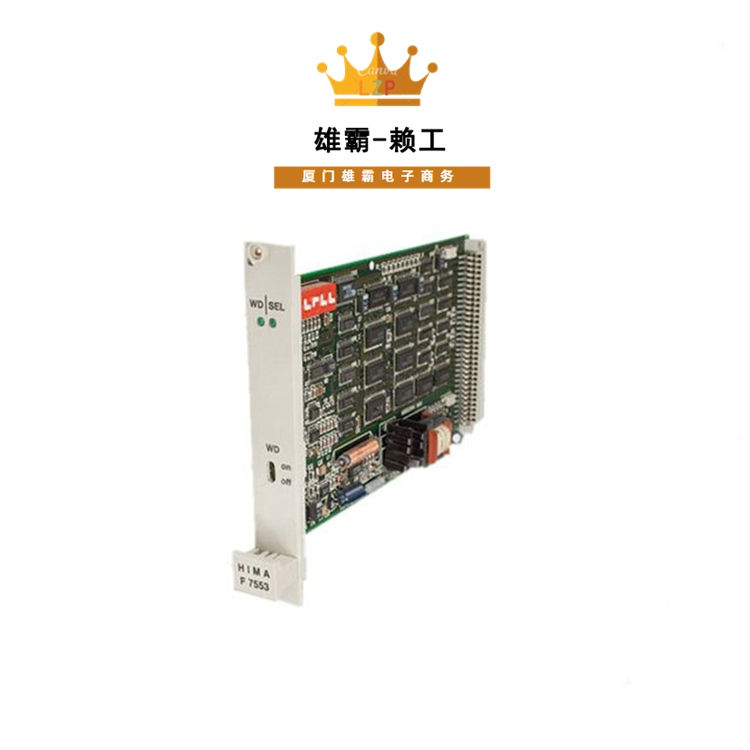The CPU controller, also known as the central processing unit controller, is one of the core components of computer hardware, responsible for coordinating and managing various components of the computer, realizing functions such as computation, control, and storage.
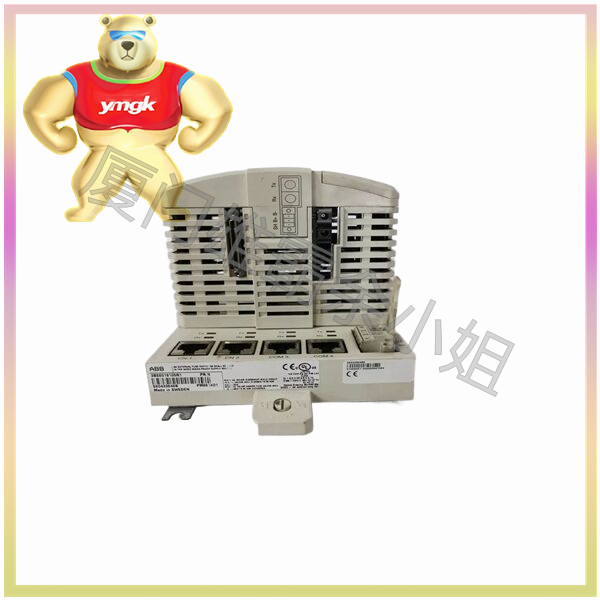
Basic concepts of CPU controller
The CPU controller, also known as the Central Processing Unit Controller, is one of the core components of computer hardware. It is mainly composed of arithmetic logic unit (ALU), control unit (CU), register group, etc., responsible for executing instructions in computer programs, realizing functions such as computer operations, control, and storage.
Composition of CPU controller
The CPU controller mainly consists of the following parts:
(1) Arithmetic Logic Unit (ALU): responsible for performing arithmetic and logical operations such as addition, subtraction, multiplication, division, AND, OR, NOT, etc.
(2) Control Unit (CU): Responsible for parsing instructions, generating control signals, and controlling the operation of other components.
(3) Register group: including instruction registers, program counters, accumulators, etc., used to store instructions, program addresses, operation results, etc.
(4) Bus interface: responsible for exchanging data with external devices such as memory, input/output devices, etc.
(5) Clock circuit: Provides clock signals to control the working rhythm of the CPU.
The working principle of CPU controller
The working principle of a CPU controller mainly includes the following steps:
(1) Instruction retrieval: The CPU retrieves instructions from memory and places them in the instruction register.
(2) Instruction decoding: The control unit decodes instructions to determine the type and operand of the instruction.
(3) Execute instructions: Based on the instruction type and operand, the CPU performs corresponding operations, such as arithmetic operations, logical operations, data transfer, etc.
(4) Storage result: Store the execution result in a register or memory.
(5) Update program counter: Update the program counter to the address of the next instruction.
(6) Repeat the above steps until the program is fully executed.
Performance indicators of CPU controller
The performance indicators of CPU controllers mainly include the following aspects:
(1) Main frequency: The operating frequency of the CPU, measured in Hertz (Hz), representing the number of instructions that the CPU can execute per second.
(2) Core count: The number of processor cores inside a CPU. A multi-core CPU can execute multiple instructions simultaneously, improving computational efficiency.
(3) Cache: High speed memory inside the CPU, used to store commonly used instructions and data, reduce the number of memory accesses, and improve computing speed.
(4) Instruction set: The types and quantities of instructions supported by the CPU, which affect the computing power and compatibility of the CPU.
(5) Power consumption: The amount of electricity consumed by the CPU during operation, which affects the energy consumption and cooling requirements of the computer.
The Development History of CPU Controllers
The development process of CPU controllers can be divided into the following stages:
(1) Early CPUs, such as the Intel 4004, used a 4-bit data bus with a clock frequency of 740kHz and integrated 2300 transistors.
(2) 16 bit CPU: such as Intel 8086, using a 16 bit data bus, with a main frequency of 4.77MHz, and integrating 29000 transistors.
(3) 32-bit CPU: such as Intel 80386, using 32-bit data bus, with a main frequency of 12MHz, integrated with 275000 transistors.
(4) Superscalar CPU: such as Intel Pentium, which adopts superscalar architecture and can execute multiple instructions simultaneously, improving computational efficiency.
(5) Multi core CPU: such as Intel Core i7, which adopts a multi-core architecture and can execute multiple programs simultaneously, improving computing power.
(6) Heterogeneous computing: such as Intel Xeon Phi, which integrates CPU and GPU, can achieve heterogeneous computing and improve computing performance.
Application Fields of CPU Controllers
CPU controllers are widely used in various fields, such as:
(1) Personal computer: used to execute various applications such as office software, image processing, games, etc.
(2) Server: Used to handle a large number of network requests, provide web services, database services, etc.
(3) Embedded systems: used to control various devices such as smartphones, smart homes, automotive electronics, etc.
(4) High performance computing: used to perform complex scientific calculations such as weather forecasting, molecular simulations, etc.
(5) Artificial Intelligence: Used to execute deep learning, machine learning, and other algorithms to achieve intelligent recognition, natural language processing, and other functions.
The Development Trend of CPU Controllers
The development trend of CPU controllers mainly includes the following aspects:
(1) Higher frequency: With the advancement of process technology, the CPU’s frequency will continue to increase, improving computing speed.
(2) More cores: Multi core CPUs will become mainstream, achieving higher parallel computing capabilities.
(3) Larger cache: With the improvement of CPU performance, cache capacity will continue to increase, improving data access speed.
(4) Lower power consumption: By optimizing design and process technology, CPU power consumption is reduced, achieving energy conservation and environmental protection.
(5) More intelligent control: Through artificial intelligence technology, CPU adaptive control is achieved to improve computing efficiency.
(6) Wider application: CPU controller will be used in more fields, such as Internet of Things, edge computing, etc.

